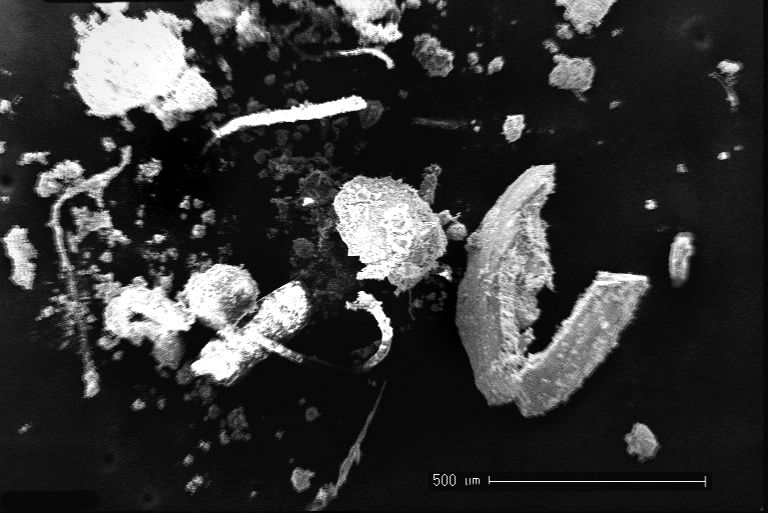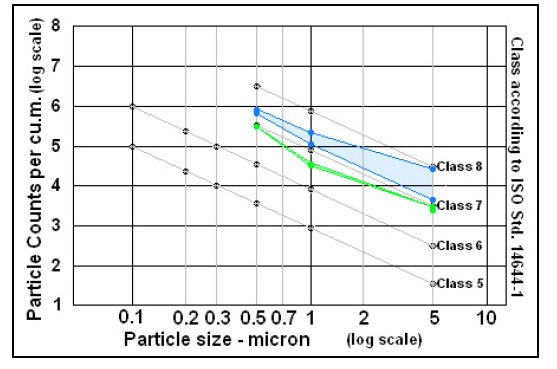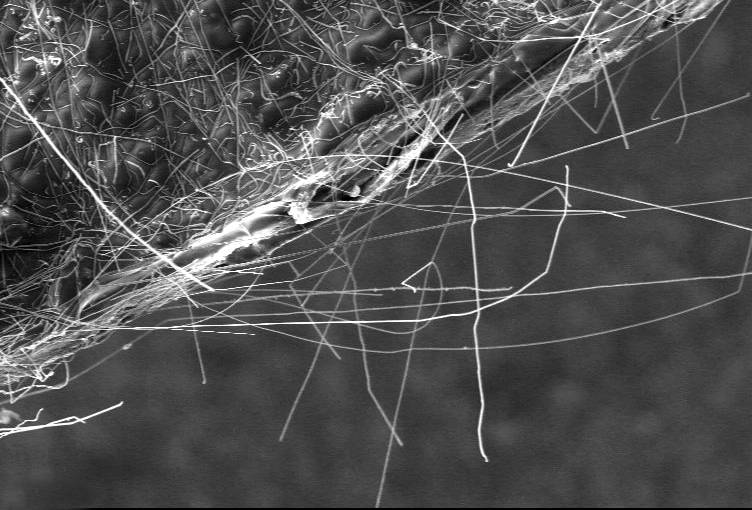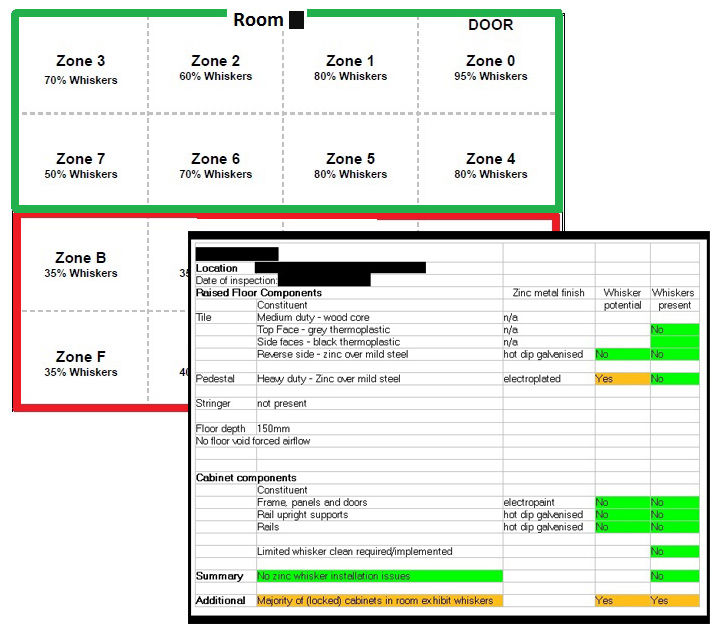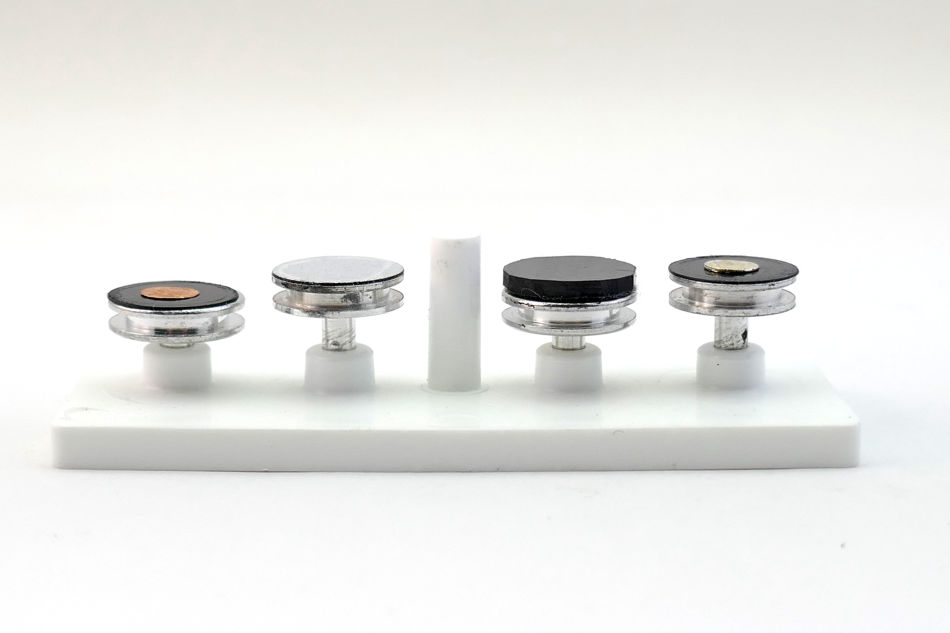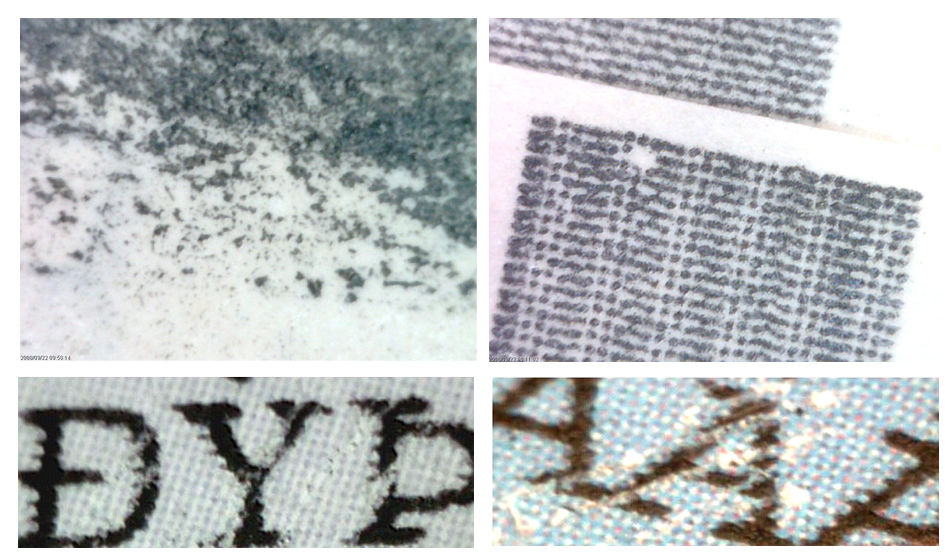Settled Contamination Analysis
We send you the sampling stubs. You load the samples (by 'dabbing' the contaminated surface) then mail the stubs back to us. We use optical and scanning electron microscope imagery and EDX-ray analysis to determine the composition, and, in most cases, the source of the contamination, and present this in a comprehensive report. Included is any phone consultation if you have any further questions, or if you are trying to solve a particular problem.
When is this useful? Most contamination comprises a benign mixture of dust and fibres which is easily controlled by good filtration and cleaning. However, some settled dust could contain salt, diesel exhaust, laser print consumables, or water residues, which may not be harmless. From establishing its presence and composition, you can track down the source. This test may be useful if servers are randomly shutting down and recovering due to thermal effects.
Minimum number of samples: 6. Can be combined with Zinc Whisker Sample Analysis.
